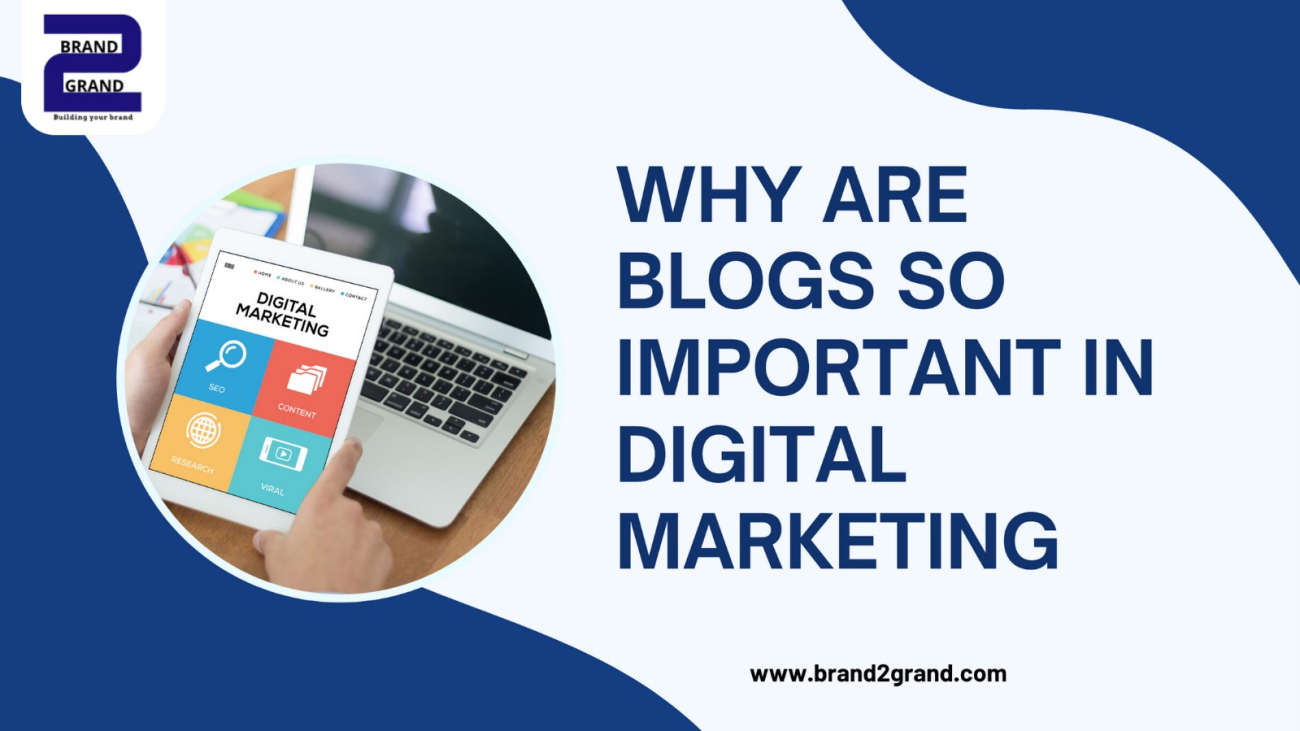In today’s digital age, having a strong online presence is essential for businesses looking to grow and expand their reach. Digital marketing provides a variety of tools and strategies to help businesses achieve their goals.
Here are five digital marketing strategies to grow your business:
Search Engine Optimization (SEO): SEO involves optimizing your website and content to improve your search engine rankings. By ranking higher in search engine results pages, you can attract more organic traffic to your website and increase your brand visibility. Invest in SEO strategies such as keyword research, on-page optimization, and link building to improve your search engine rankings.
Content Marketing: Content marketing involves creating and sharing valuable content that attracts and engages your target audience. Develop a content marketing strategy that focuses on creating high-quality content that is relevant to your audience and optimized for search engines. Use a variety of content formats such as blog posts, videos, and infographics to keep your audience engaged.
Social Media Marketing: Social media platforms provide a powerful tool for businesses to connect with their target audience. Determine which social media platforms your audience uses the most and develop a social media strategy that includes regular posts, engagement with followers, and paid advertising.
Email Marketing: Email marketing is an effective way to nurture relationships with your customers and keep them engaged with your business. Develop a targeted email marketing campaign that provides value to your customers and encourages them to take action.
Pay-Per-Click (PPC) Advertising: PPC advertising involves paying for ads that appear at the top of search engine results pages or on social media platforms. Use PPC advertising to target specific keywords or demographics and drive more traffic to your website.
In conclusion, digital marketing provides a variety of tools and strategies to help businesses grow and expand their reach. By investing in SEO, content marketing, social media marketing, email marketing, and PPC advertising, businesses can effectively attract and engage their target audience, increase brand visibility, and drive more traffic to their website.






